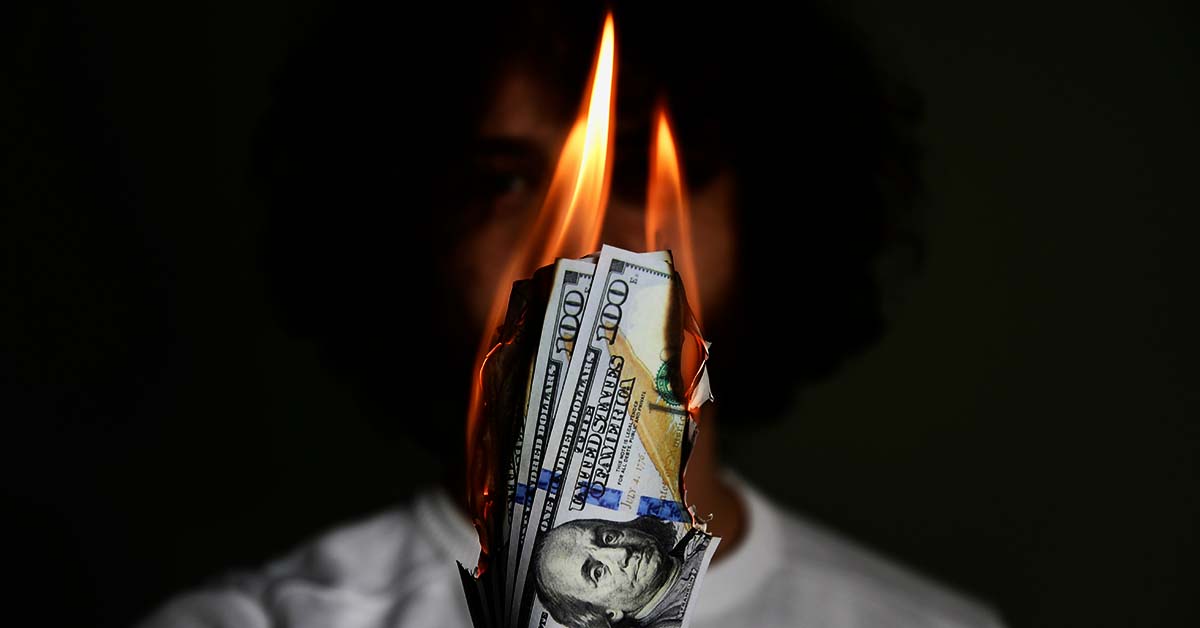How Demonetization Affects Your Video’s Ranking in the Algorithm
Understanding Demonetization and the Algorithm
How Demonetization Affects Your Video’s Ranking in the Algorithm
Monetization is one of the most enticing aspects of YouTube, offering creators the chance to earn from their content while building a loyal audience. However, the dreaded term “demonetization” looms large over the platform, striking fear into the hearts of creators worldwide. But what does demonetization actually mean for your content’s performance in the YouTube algorithm? Is it the end of your video’s discoverability, or are there ways to mitigate its impact?
In this blog, we’ll dive deep into what demonetization entails, its impact on your video’s ranking, and actionable strategies to safeguard your channel’s performance and revenue.
What Is Demonetization?
Demonetization occurs when YouTube restricts or removes the ability for a video to earn revenue through ads. It can happen for a variety of reasons, from violating community guidelines to producing content deemed unsuitable for advertisers. While it doesn’t mean your video is banned, it does significantly reduce the earning potential and, in some cases, the visibility of your content.
In 2017, YouTube introduced its “Yellow Dollar Sign” system, indicating limited or no ads for certain videos. Since then, the term “demonetization” has become synonymous with frustration for creators trying to balance creative freedom with advertiser-friendly guidelines.
How Demonetization Works on YouTube
YouTube uses automated systems and manual reviews to assess whether videos meet its advertiser-friendly content guidelines. Here’s how the process works:
- Content Analysis: Once a video is uploaded, YouTube’s AI scans the content, titles, tags, and descriptions for potential violations.
- Flagging for Review: If the AI detects potential issues, the video is flagged and may display a yellow dollar sign. Creators can request a manual review if they believe the demonetization is unjustified.
- Advertiser Preferences: Advertisers have the ability to choose what types of content they want their ads to appear on. Videos deemed controversial or unsuitable may not align with these preferences.
Algorithmic Impacts of Demonetization
One of the biggest questions creators have is whether demonetization directly affects how their video performs in the YouTube algorithm. While YouTube has denied that demonetization explicitly reduces a video’s ranking, many creators suspect otherwise. Here’s what we do know:
- Reduced Incentive for YouTube: Monetized videos generate revenue for both creators and YouTube. A demonetized video, however, doesn’t contribute to YouTube’s bottom line in the same way. This leads many to believe that the platform prioritizes monetized content in recommendations.
- Limited Discoverability: Demonetized videos may see fewer placements in suggested videos and browse features, as these are areas heavily influenced by advertiser demand.
- Audience Perception: A yellow dollar sign can sometimes deter audiences from engaging, especially if the video is flagged as “controversial” or “sensitive.”
Understanding Advertiser-Friendly Content Guidelines
To avoid demonetization, it’s crucial to understand YouTube’s advertiser-friendly content guidelines. These include:
- Prohibited Topics: Content that discusses sensitive subjects such as violence, drug use, or explicit material is likely to be flagged.
- Avoiding Misleading Titles: Clickbait titles or thumbnails that exaggerate or misrepresent the content can result in demonetization.
- Maintaining Professionalism: Profanity, hate speech, and inflammatory language are all red flags for advertisers.
How to Avoid Demonetization
Staying within YouTube’s guidelines can feel like walking a tightrope, but these strategies can help:
- Careful Language Choices: Avoid excessive profanity, especially in the first 30 seconds of your video.
- Keyword Optimization: Use neutral and descriptive language in your titles, tags, and descriptions.
- Editing Sensitive Content: If your content covers sensitive topics, approach them with care and provide context.
- Community Feedback: Pay attention to comments and feedback from your audience to ensure your content aligns with expectations.
- Self-Review: Watch your video from the perspective of an advertiser. Would you feel comfortable associating your brand with it?
Case Studies: Navigating Demonetization Challenges
1. Philip DeFranco
Philip DeFranco, a popular news and commentary YouTuber, has frequently faced demonetization due to the nature of his content. By diversifying his revenue streams through merchandise and Patreon, he has minimized his reliance on ad revenue.
2. Lilly Singh
Lilly Singh has used her platform to advocate for social issues, sometimes resulting in demonetization. However, by collaborating with brands that align with her message, she has successfully navigated these challenges.
What to Do If You’re Demonetized
If your video gets demonetized, it’s not the end of the world. Here’s what you can do:
- Appeal the Decision: Request a manual review if you believe the demonetization was a mistake.
- Reevaluate Your Content: Identify any elements that may have triggered the demonetization and make adjustments.
- Focus on Alternate Revenue Streams: Consider sponsorships, merchandise, or crowdfunding to support your channel.
- Engage Your Audience: Be transparent with your audience about the challenges you’re facing. Loyal viewers are often willing to support creators through other means.
Conclusion: Staying Resilient in the Face of Demonetization
Demonetization is a reality for many YouTubers, but it doesn’t have to derail your channel’s success. By understanding how it works, staying within guidelines, and diversifying your income streams, you can navigate these challenges effectively.
Remember, your value as a creator isn’t solely defined by ad revenue. With persistence, adaptability, and a focus on quality content, you can build a sustainable and thriving YouTube presence—even in the face of demonetization.







 Edit Your Footage
Edit Your Footage